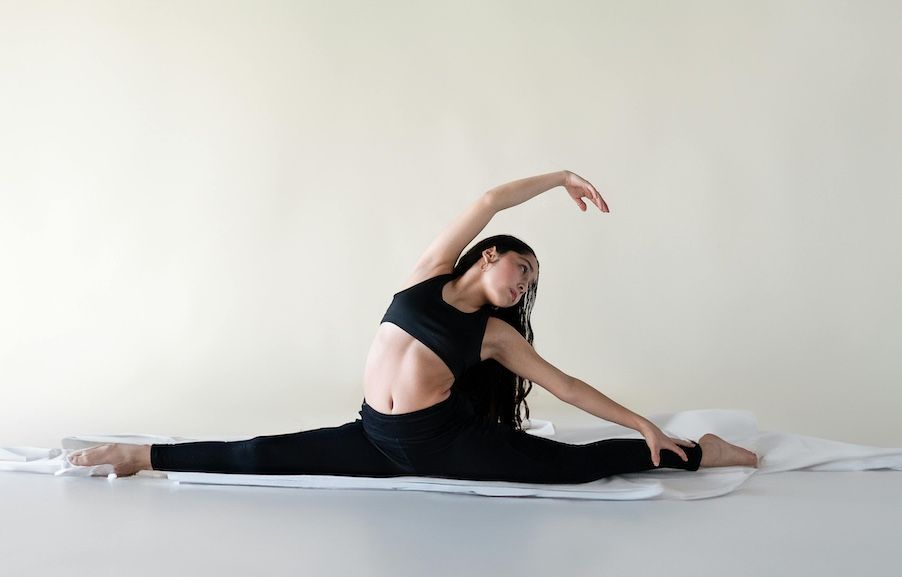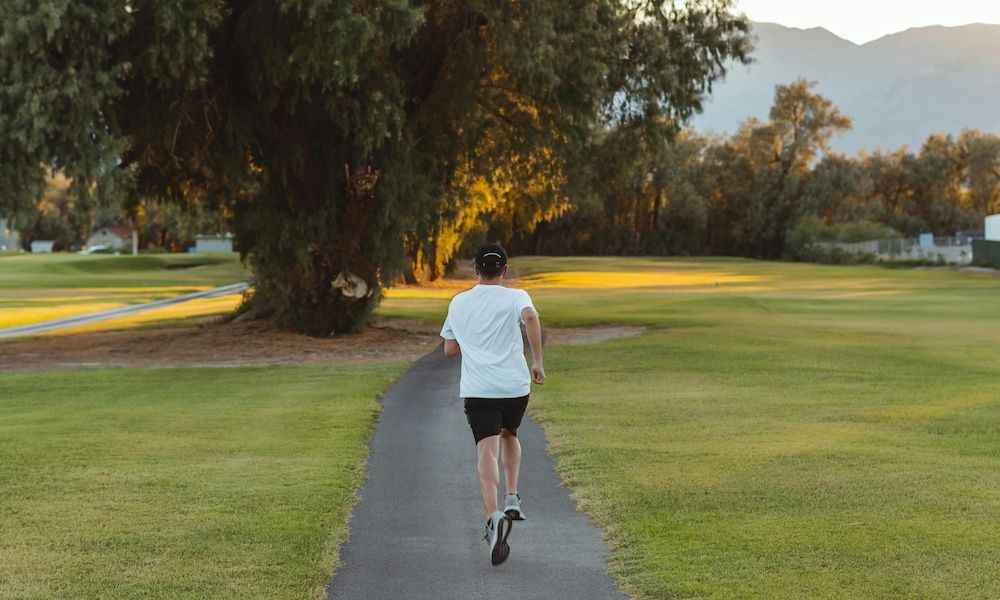Ligaments are a crucial connective tissue structure in the human body, playing a significant role in maintaining skeletal connections, stabilizing joints, and guiding bodily movements. Composed of densely arranged collagen fibers and a small amount of elastic fibers, ligaments possess remarkable tensile strength and moderate elasticity. This combination allows them to withstand tension while maintaining structural integrity. Ligaments are typically located near joints, connecting two or more bones to limit abnormal joint movements and provide necessary support during joint activity.
In the knee joint, the anterior cruciate ligament (ACL) and posterior cruciate ligament (PCL) work together to restrict the forward and backward movement of the tibia relative to the femur, ensuring knee stability during motion. Ligaments also play a critical role in guiding joint movement. The coracoacromial ligament in the shoulder joint anchors the coracoid process and acromion of the scapula, maintaining proper movement trajectories in various directions. Additionally, the elastic properties of ligaments allow them to absorb some impact forces during physical activities, reducing direct damage to joints and bones. For example, the anterior longitudinal ligament along the front of the spine restricts excessive spinal extension, while the posterior longitudinal ligament at the back limits over-flexion. These ligaments contribute not only to the overall stability of the spine but also to the protection of the spinal cord and nerves. In the knee, the patellar ligament connects the patella to the tibia, providing additional support and facilitating force transmission within the joint. Specialized ligaments, such as the alar ligament between the cervical spine and head, limit excessive head rotation, thus protecting the cervical vertebrae and surrounding nerve tissues.
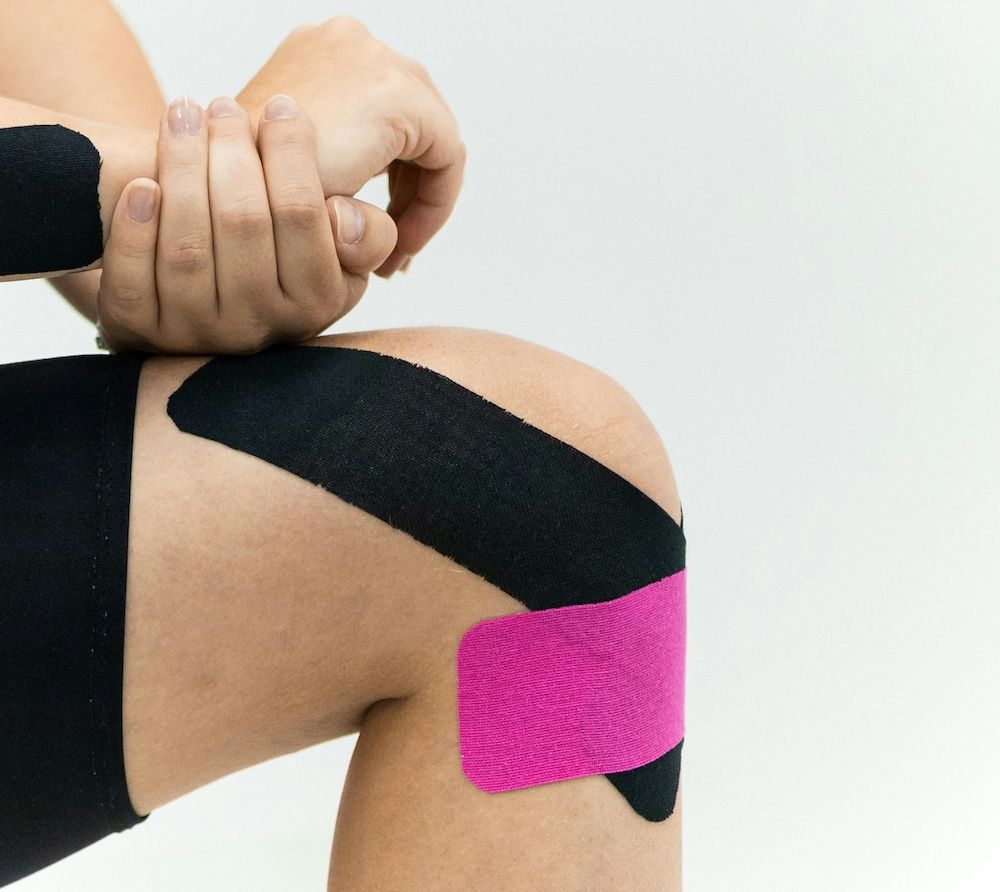
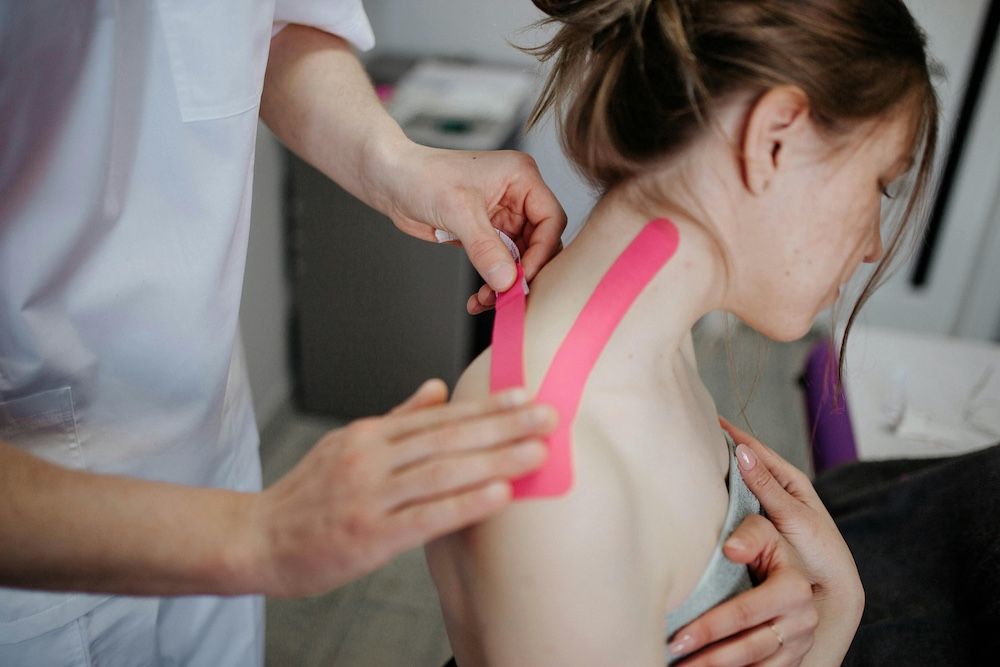
Despite their high tensile strength, ligaments have limited blood supply, which hampers their repair capabilities. When injured, ligaments often require an extended healing period and may result in functional impairments. Ligament injuries are common in sports and usually occur during intense physical activities or accidental external forces, including sprains, partial tears, or complete ruptures. Mild injuries can often be managed with rest, ice application, and physical therapy, while severe cases, such as complete ruptures, may necessitate surgical repair and long-term rehabilitation to restore function. To maintain healthy ligaments, moderate exercise can enhance their elasticity and strength, reducing the risk of injury.
Stretching Exercises improve ligament elasticity, enhance flexibility, and prevent sprains.
Hamstring Stretch: Sit on the floor with your legs straight, slowly lean forward, and reach for your toes while keeping your back straight. Quadriceps Stretch: Stand on one leg and bend the other leg backward, holding the ankle with your hand to bring the heel close to your buttocks. Shoulder Stretch: Bring one arm across your chest and gently pull it closer using the opposite hand, feeling a slight stretch in the shoulder.
Joint Mobility Exercises improve the range of motion in joints and activate associated ligaments.
Shoulder Circles: Rotate both arms forward or backward in increasing circles. Hip Circles: Stand on one leg and lift the other leg, drawing circles in both clockwise and counterclockwise directions. Ankle Rolls: Sit or stand, lift one foot, and rotate the ankle in both directions.
Strength training enhances the strength of muscles and ligaments, improving joint support.
Squats: Stand with feet shoulder-width apart, squat down slowly to a 90-degree knee angle, and keep your back straight. Squats strengthen ligaments and muscles around the knee and hip joints. Lunges: Step forward with one leg, bending the knee at a 90-degree angle, while lowering the opposite knee near the ground. Alternate sides to reinforce knee and hip stability. Plank: Maintain a tight core, supporting your body with forearms and toes to strengthen ligaments around the shoulder and lumbar areas.
Dynamic Stability Training improve balance and coordination, enhancing ligament adaptation to unstable environments.
Single-Leg Stands: Stand on one foot, maintaining balance, and gradually increase the duration. Add challenges, such as closing your eyes or holding dumbbells. Balance Board Exercises: Stand on a balance board and try to stay balanced, which is particularly effective for ligaments in the ankles, knees, and hips. Bosu Ball Training: Stand on a Bosu ball (a half-sphere balance ball) and perform partial squats to improve lower limb ligament stability.
Running and Jumping Exercises strengthen ligaments in the lower limbs.
Jogging: Jog on soft surfaces, gradually increasing duration and intensity to strengthen knee and ankle ligaments.
High-Knee Running: Raise your knees to waist height to build leg ligament strength.
Box Jumps: Jump onto or off a stable box to train knee and ankle ligaments, ensuring controlled movements and soft landings.

Resistance Band Exercises provide additional resistance to effectively strengthen ligaments and surrounding muscles.
Leg Abductions: Attach a resistance band between your legs and move one leg sideways to target hip ligaments. Ankle Dorsiflexion: Secure the resistance band to your toes and resist its downward pull with your foot. Shoulder External Rotation: Attach a resistance band to a door handle, holding the band in one hand, and rotate your forearm outward from your abdomen.
Swimming reduces joint pressure due to water buoyancy while providing resistance, making it ideal for ligament training.
Freestyle and Breaststroke: Engage shoulder, hip, and knee ligaments through swimming movements.
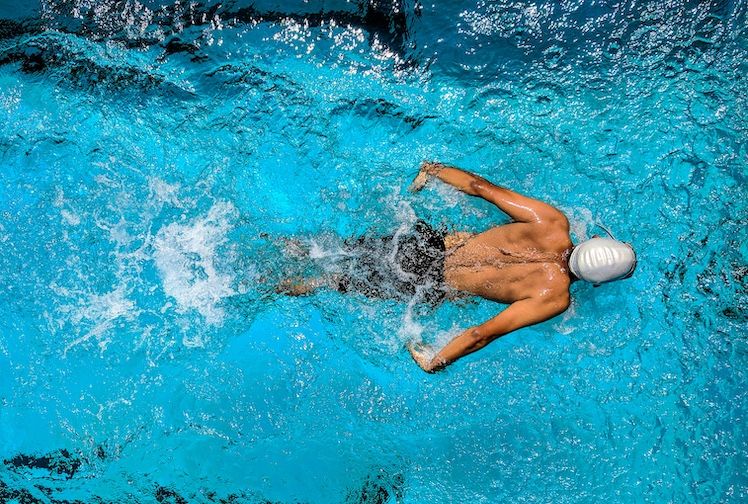
Targeted Ligament Exercises focus on strengthening specific ligaments.
Ankle Ligaments: Perform heel raises by standing on a step with heels hanging off, repeatedly lifting and lowering your heels to strengthen ankle ligaments and tendons. Wrist Ligaments: Use light dumbbells and rotate your wrists slowly to strengthen wrist ligaments.
When exercising ligaments, proper technique and gradual progression are essential to avoid over-stretching or excessive load that could cause injuries. Always warm up before exercise and stretch afterward to relieve tension. For individuals with a history of ligament injuries, consult a physician or physical therapist to determine suitable training methods for safety and effectiveness.
Ligaments are a remarkable structure in human anatomy. Their strong tensile properties and moderate elasticity make them indispensable in connecting bones, stabilizing joints, and protecting the body from motion-related injuries. By understanding the structure and function of ligaments and adopting appropriate exercise and maintenance measures, we can better preserve ligament health, improve overall athletic performance, and enhance joint functionality.
